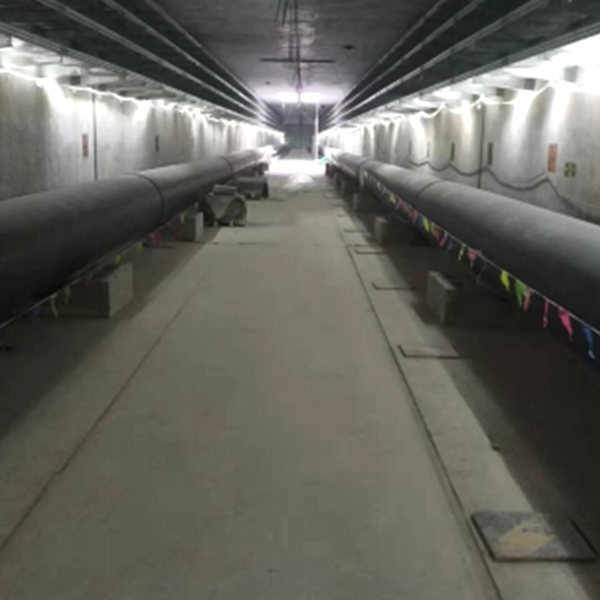Long-term maintenance and inspection requirements for HDPE pipe in nuclear plants are crucial to ensure safety and reliability. Here are key considerations:
Regular Inspections:Visual Inspections: Routine visual checks for signs of wear, deformation, or leaks should be conducted to identify any visible damage or potential issues.Non-Destructive Testing (NDT): Techniques such as ultrasonic testing, radiographic testing, or infrared thermography can be employed to assess the integrity of the pipe without causing damage.
Maintenance Schedule:Routine Maintenance: Establish a regular maintenance schedule based on operational demands and regulatory requirements, typically involving inspections at least annually or biannually.Environmental Considerations: Regular checks should account for environmental factors that could affect the pipe, such as exposure to chemicals, temperature variations, or radiation.
Leak Detection Systems:Installation of Sensors: Implement leak detection systems that monitor for changes in pressure or flow, helping to identify potential leaks early.Data Logging: Utilize data logging for monitoring pipe performance over time, which can aid in predicting maintenance needs.

Joint Integrity Checks:Joint Inspections: Evaluate the integrity of joints and connections, as these are critical points where failures may occur. Ensure that fusion joints meet quality standards.Re-evaluation of Joints: Reassess joint integrity periodically, especially in areas subject to movement or thermal expansion.
Documentation and Compliance:Record Keeping: Maintain detailed records of all inspections, maintenance activities, and any repairs performed on the HDPE pipe. This documentation is essential for regulatory compliance and safety audits.Regulatory Compliance: Ensure adherence to industry standards and regulatory requirements specific to nuclear applications, such as those set by the Nuclear Regulatory Commission (NRC).
Replacement Planning:Age Considerations: Develop a replacement strategy based on the pipe’s age, environmental conditions, and performance history. HDPE pipes typically have a long lifespan, but proactive planning is essential.Lifecycle Assessment: Conduct lifecycle assessments to determine when replacement or significant repairs may be necessary, considering factors like degradation due to radiation or thermal cycling.
Training and Safety Protocols:Staff Training: Ensure that personnel involved in maintenance and inspection are adequately trained in the specific requirements and protocols related to HDPE pipes in nuclear settings.Safety Procedures: Establish and follow strict safety procedures during inspections and maintenance to protect personnel and the environment.
Long-term maintenance and inspection of HDPE pipe in nuclear plants involve a combination of regular visual and non-destructive inspections, a robust maintenance schedule, leak detection systems, joint integrity checks, thorough documentation, and adherence to regulatory standards. Proactive management of these aspects is essential for ensuring the safe and reliable operation of piping systems in nuclear facilities.

 简体中文
简体中文 English
English русский
русский Español
Español Français
Français عربى
عربى Português
Português












